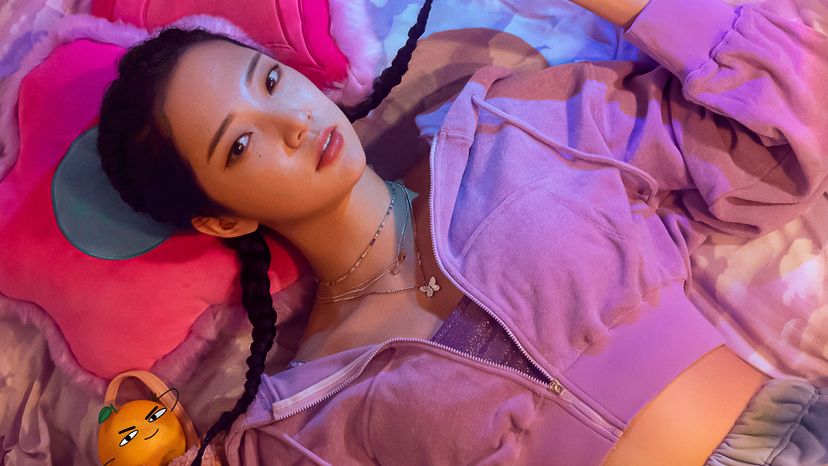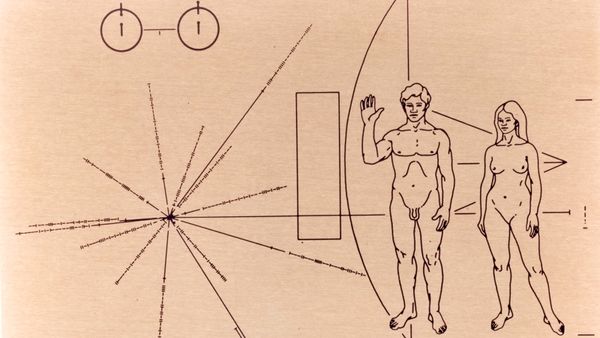While they're still a nascent phenomenon in the U.S., virtual influencers are already a major marketing tool in Asian countries. In addition to Rozy, there's also Lucy, a virtual influencer created by Korean retail brand Lotte Home Shopping. In China, research has found that nearly two-thirds of Chinese internet users follow computer-generated celebrities, according to a 2021 article in business publication Jing Daily.
"The space has evolved in both form (medium) and popularity reach," explains Christopher Travers. He's the founder and editor-in-chief of VirtualHumans.org, a website that reports upon and analyzes the virtual influencer industry.
"Virtual influencers started primarily in the cartoon medium, then expanded as creative technologies lowered the barrier to entry to generate compelling art (sometimes referred to as content)," Travers says via email. "Now, as the tools to generate compelling virtual media continue to evolve and facilitate more varied and advanced forms of creation, the nature of the media we consume evolves with it. That being said, all signs point to continued advancements on the virtual creator tools front, indicating an increased supply of virtual, gaming and avatar media. This matches a growing demand for the same media driven by the aging up of generations raised on this content (e.g., kids raised on iPads or playing video games)."
In their brief existence, virtual influencers already have evolved significantly.
"Early virtual influencers were more hand-crafted — CGI was used to make the form, and motion capture of real human actors was used to produce realistic motion," explains Peter J. Bentley via email. He's an honorary professor and teaching fellow in the department of computer science, University College London, who has held positions at several other institutions in the U.K. and Asia, and has published more than 300 scientific papers and several books on computing.
"Today we can use generative machine learning (AI) to create photorealistic artificial bodies, faces and voices automatically and so-called 'deepfake' technology to substitute the face and/or bodies of anyone in a video," Bentley continues. "This means the creation of virtual influencers becomes considerably easier. Eventually AI will be able to generate bodies and behaviors without human actors; however, getting them to say and do the right thing at all times may still need the help of humans for a while."



